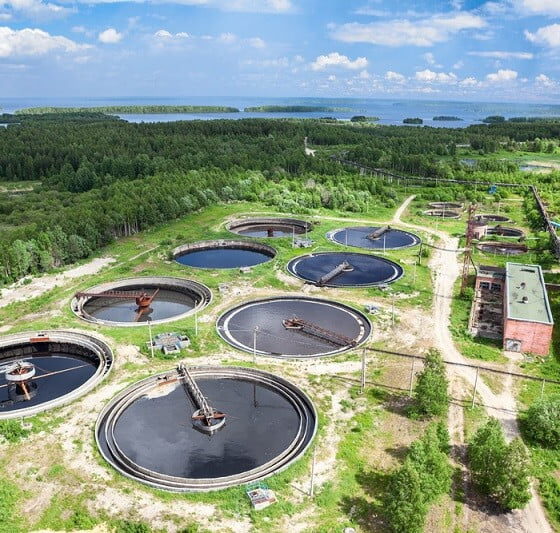From Collection to Disposal: The Lifecycle of Waste Liquid Management
If you want to take care of the environment, liquid waste removal is a crucial thing to do. It makes sure that liquids from different activities are handled, treated, and thrown away properly. This whole process includes collecting, moving, treating, and safely getting rid of liquid waste to keep it from harming nature and people's health.
When we understand how liquid waste removal works, starting from when it's collected until it's disposed of, we can use the best methods to follow the rules and keep waste management sustainable.
This article looks closely at how liquid waste removal happens, explaining important methods, new technologies, and the rules that make it all work well.
Collection of Waste Liquids
Waste liquids, which can include industrial effluents, contaminated water, and other fluid waste streams, are collected from diverse sources such as manufacturing processes, laboratories, and residential areas. Collection methods often involve the use of storage tanks, containment systems, and specialized equipment to prevent leaks and spills. However, challenges such as the potential for contamination and the need for proper handling and labeling exist at this stage.Transportation and Handling
Once collected, waste liquids need to be transported to treatment facilities. This transportation phase requires careful planning to ensure the safe and efficient movement of the liquids. Proper handling practices, including the use of appropriate containers and vehicles, are essential to prevent accidents and minimize environmental risks during transit.Treatment Processes
At treatment facilities, waste liquids undergo a series of processes designed to remove contaminants and render the liquids safe for disposal or reuse. These processes can include physical methods such as filtration and sedimentation, as well as chemical and biological treatments. The goal is to reduce the environmental impact of the waste liquids and comply with regulatory standards.Disposal Methods
After treatment, the treated waste liquids can be disposed of using various methods. Incineration, for example, can be used to thermally decompose organic components, while landfilling involves burying the waste in designated areas. Recycling and reuse are also important considerations, especially for waste liquids containing valuable resources that can be recovered.Monitoring and Compliance
Throughout the entire lifecycle of waste liquid management, monitoring is critical to ensure that treatment and disposal processes are effective. Regular testing of waste liquid quality helps in verifying compliance with environmental regulations and identifying any potential issues that may arise. Compliance with legal requirements is crucial to avoid penalties and maintain a positive environmental impact.Case Studies
Future Trends and Challenges
As technology continues to advance, new trends in waste liquid management are emerging. These trends include the development of more efficient treatment processes, the use of advanced monitoring techniques, and a growing emphasis on sustainability and resource recovery. However, challenges such as the increasing volume of waste liquids and evolving regulatory frameworks remain significant concerns for the future of waste liquid management.Conclusion
Navigating the lifecycle of waste liquid management, from collection to disposal, requires a comprehensive understanding of the processes involved and a commitment to environmental responsibility.By adopting best practices, complying with regulations, and staying informed about emerging trends, industries and communities can contribute to a more sustainable and environmentally friendly approach to waste liquid management.
Read here to check out our other articles!



Comments
Post a Comment